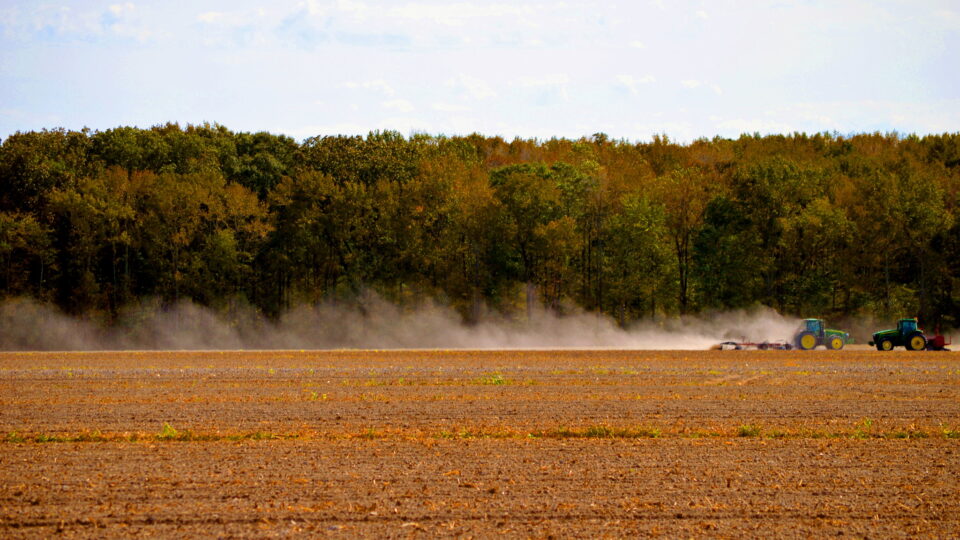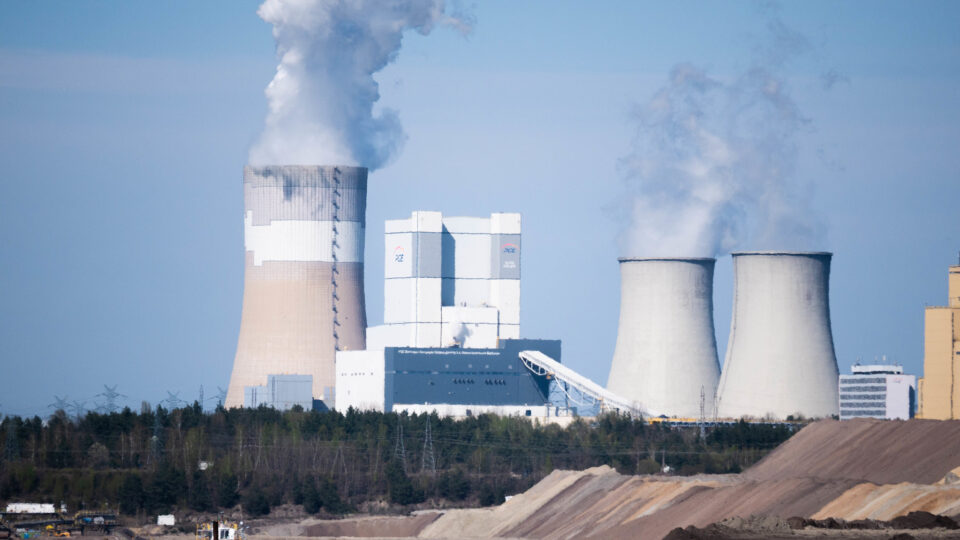The sights of coffee plantations in California and vineyards in Britain are becoming more common as the climate changes. But behind what sounds like a success story is a sobering one: climate change is shifting the regions suitable for growing food all around the world.
According to a new study by researchers from the University of Cambridge, as crop growing shifts northwards, a squeeze will be put on the land needed to produce timber. The timber these trees produce is used to make everything from paper and cardboard to furniture and buildings.
According to the study, which was recently published in the journal Nature Climate Change, more than 25% of existing forestry land – an area equivalent in size to India – will become more suitable for agriculture by the end of the century if climate change continues unabated. Approximately 90% of this current forestry land is located in Canada, China, Russia, and the United States.
Global timber production is worth more than $1.5 trillion every year. Recent heat waves and wildfires have caused huge losses of timber forests around the world.
According to the World Bank, the value of the global food system is estimated to be roughly $8 trillion annually. Scientists expect climate change to cause some areas to become too hot for growing food, particularly in the tropics and southern Europe.
With the global demand for food and the global demand for wood both projected to double by 2050, the increasing climate change-driven competition between the two is set to be an emerging issue in the coming decades.
**********
Web Links
Global timber supply threatened as climate change pushes cropland northwards
Do the costs of the global food system outweigh its monetary value?
Photo, posted October 24, 2018, courtesy of Bill Smith via Flickr.
Earth Wise is a production of WAMC Northeast Public Radio




